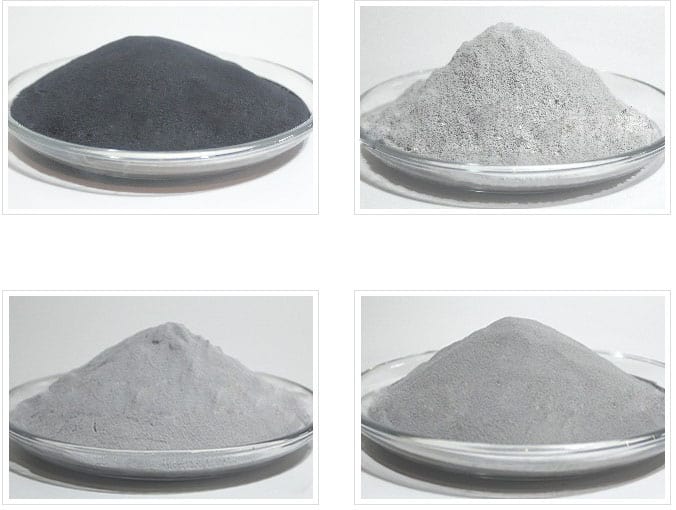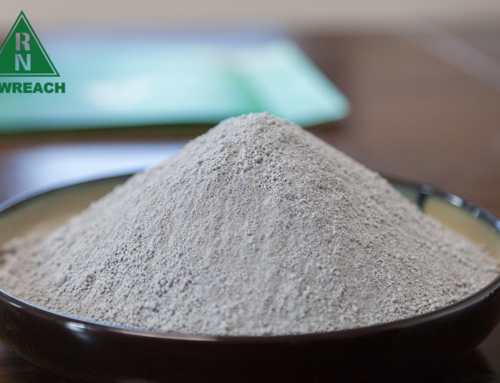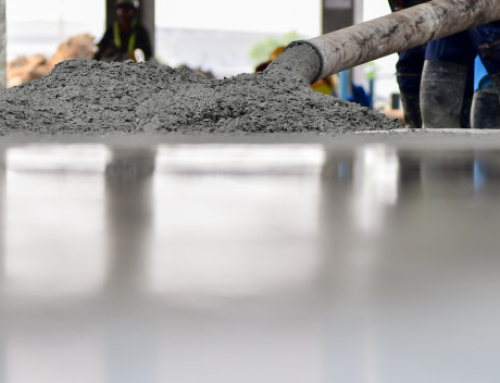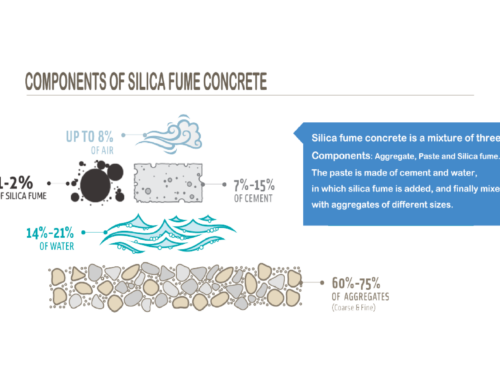Silica fume has historically been available in three fundamental product forms: As-produced, slurried, and Densified. Densified silica fume is created by treating As-produced silica fume to grow the mass density up to a max of about 400 to 720 kg/m3. This increase in mass density is usually accomplished by tumbling the silica-fume particles in a silo, which induces surface charges to accumulate. Compressed air is blown in from the bottom of the silo, causing the particles to tumble. As the particles tumble, they agglomerate. The heavier agglomerates fall to the bottom of the silo and are periodically removed. Because the agglomerates are held together relatively weakly, they break down with the mixing action during concrete production.
Densified silica fume is more conducive to storage, and the enhanced fluidity between the micro-silica particles can make it more smoothly stored in some containers, and can be more conveniently taken out when needed.
The process of densified silica fume is more environmentally friendly, When the silica fume is undensified, it will cause environmental pollution during use, especially in the case of wind. Even in indoor environments, excessive dust can cause dust explosions to affect construction safety.
The volume and weight of Densified silica fume are more conducive to long-distance transportation. If the undensified silica fume is used, it will take up a lot of volumes and increase the transportation cost. Therefore, the use of Densified silica fume is now a common way, and transportation will be more Efficiency, and the cost will be much lower than undensified. Most of the silica fume currently on the market is densified silica fume. When using it, pay attention to the full dispersion of silica fume particles, usually, extend the mixing time of the mixer or add some coarse aggregate to help break up the silica fume particles.






